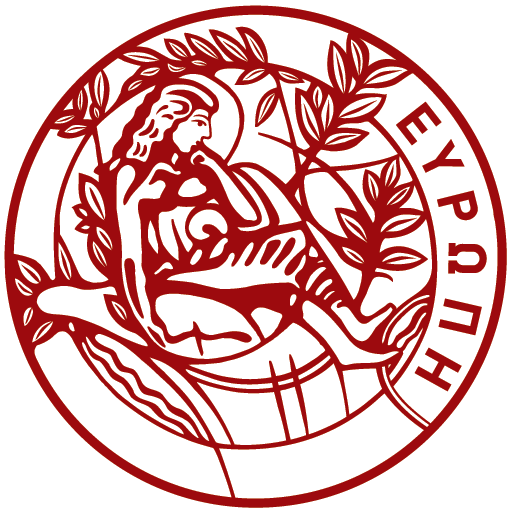University of Crete (March 2022) Inclusion: Small changes that can be made to improve your students’ learning experiences.
20/02/2023 2023-02-20 11:12Kallia Katsampoxaki Hodgetts
Coordinator of Teaching and Learning Centre ‘Training of the Trainers’, University of Crete
What does inclusion or inclusive learning mean?
The notion of inclusion used to be mainly associated with issues of accessibility and focused on needs of students with learning disabilities and additional needs. Recent literature is not restricted to these student populations anymore (Hocking, 2010). Inclusion focuses on all students and it puts emphasis on student agentic engagement opportunities and empowering learning systems that foster academic progress for all. Researchers encourage us to create lesson plans that give all students (Naraian, 2019) better chances at learning despite gender, race, language, preferred learning style, cognitive maturity, disability or difficulties (if any) (Linder, 2015, Rendόn, 1994). The best way to achieve inclusion of a wider-range of student populations is the proactive identification of learning needs and conditions that favor accessibility, engagement and progress of all students within the academic community.



